Hair Transplant
Hair transplant using the NeoGraft FUE system means no strip, no sutures, minimal down time and superior results. Call 561-405-9020 or book an in-office or online virtual consultation.
Hair Transplant Before & After Photos
Actual hair transplantation patients of Dr. L. Scott Ennis.
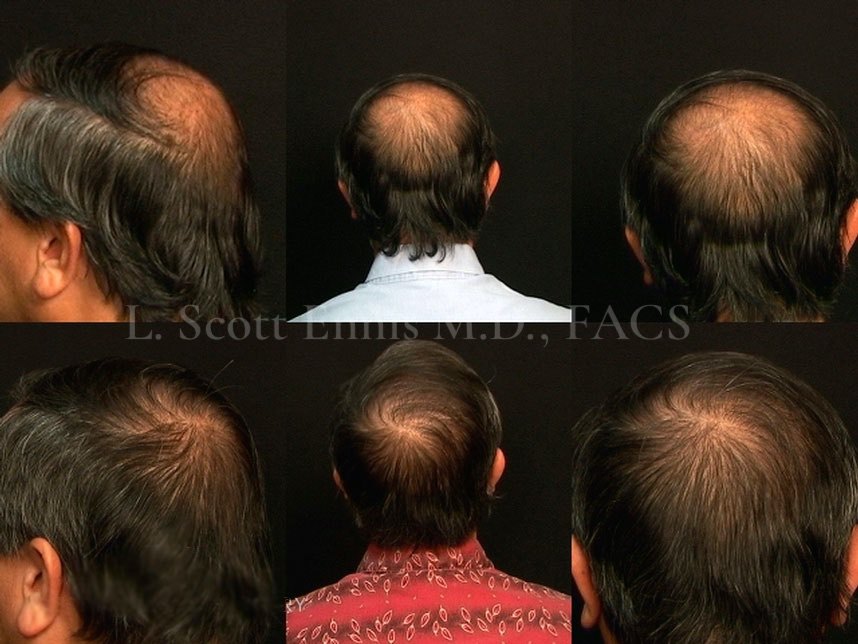

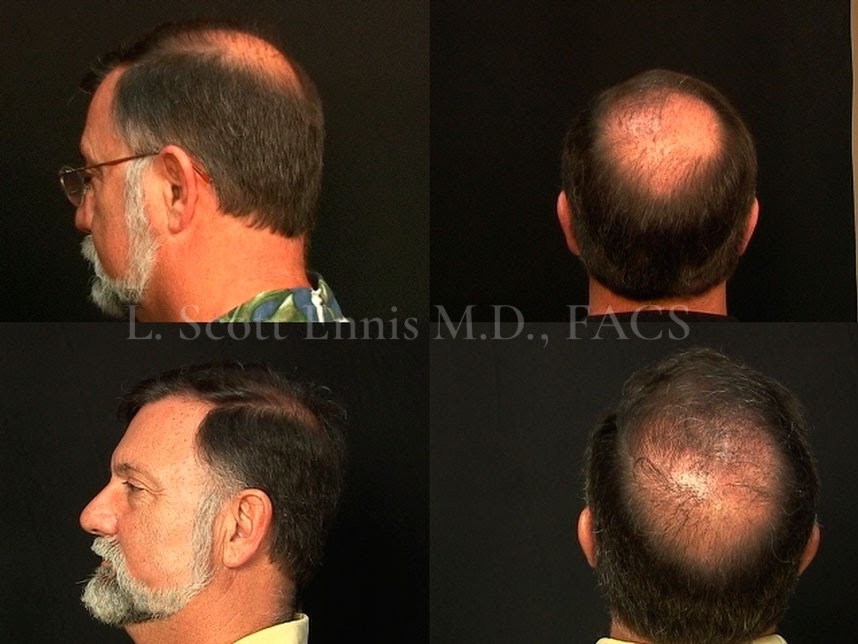
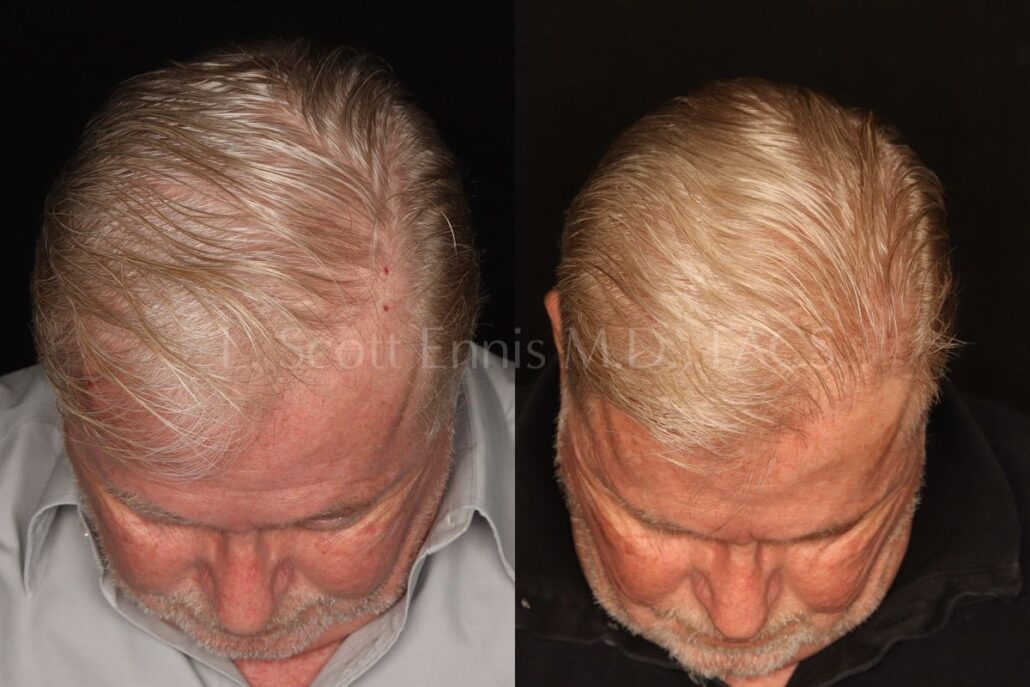
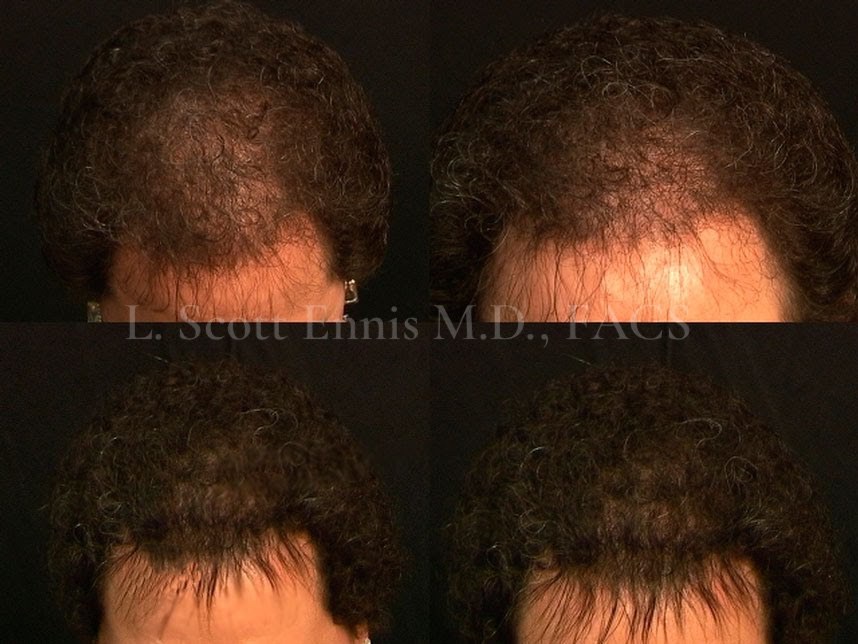
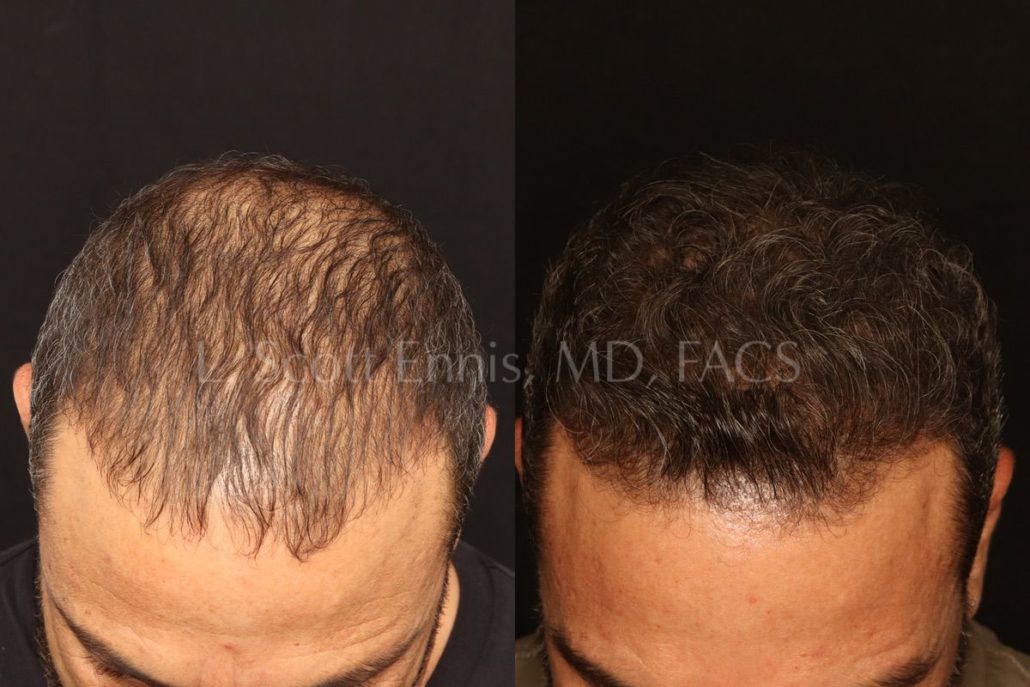


View all hair transplant before and after photos.
Hair Transplant Revolution with FUE Neograft 2.0
Hair loss is a common problem among both men and women, and it can be a significant source of stress and self-consciousness. Fortunately, there are many options available to address hair loss, including hair transplant surgery. Follicular Unit Extraction (FUE) hair transplant is a minimally invasive and effective way to restore hair growth, and NeoGraft 2.0 is the latest technology in the field. In this guide, we will explore what FUE hair transplant is, how it works, and why NeoGraft 2.0 is the best option for this procedure.
What is FUE Hair Transplant?
FUE hair transplant is a surgical procedure that involves transplanting hair follicles from one part of the body to the bald or thinning areas. This procedure is performed under local anesthesia, and it is minimally invasive, meaning there is no need for any surgical incision or stitches. Instead, the surgeon removes individual hair follicles from the donor area, usually the back or sides of the head, using a tiny punch tool. The extracted follicles are then transplanted into the bald or thinning areas, creating new hair growth.
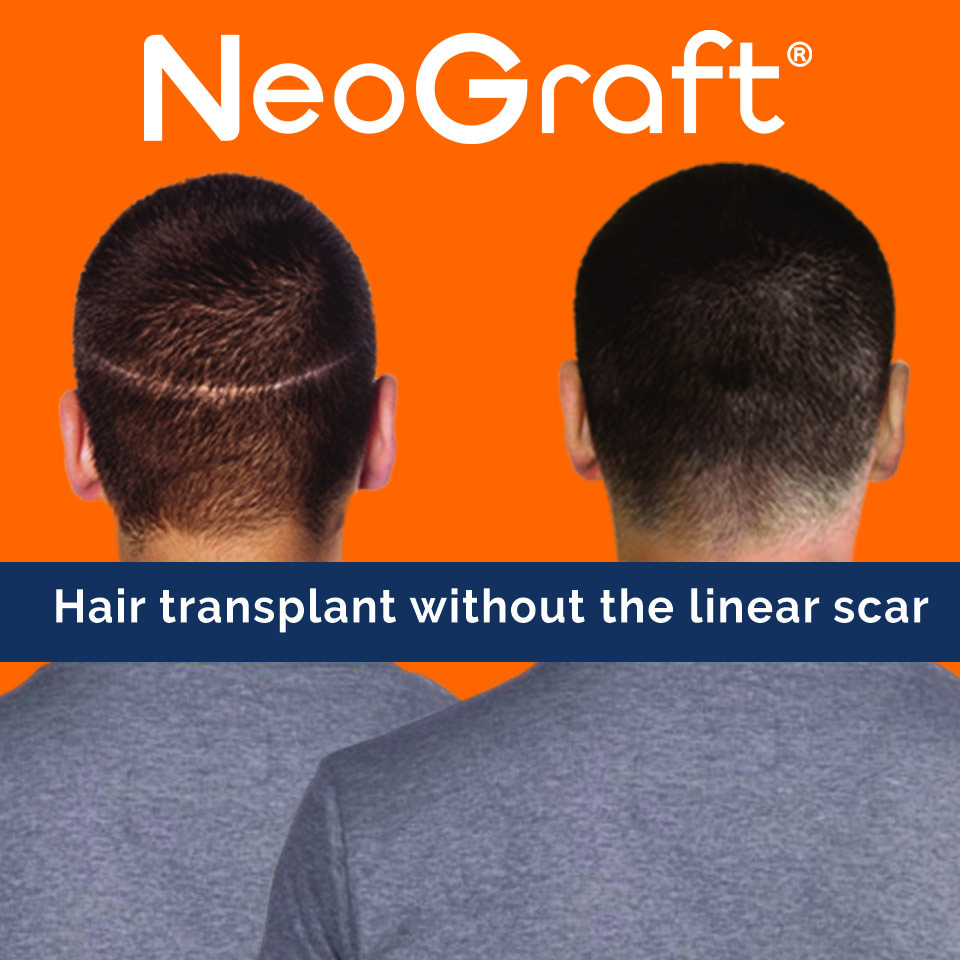
How Does FUE Hair Transplant Work?
FUE hair transplant is a multi-step process that involves several stages:
- Consultation: The first step is to meet with a hair transplant surgeon to discuss your goals and expectations. The surgeon will examine your scalp and determine if you are a good candidate for the procedure. They will also explain the process in detail and answer any questions you may have.
- Donor Area Preparation: Before the procedure, the donor area is trimmed short to facilitate the extraction process.
- Local Anesthesia: The patient receives local anesthesia to numb the donor and recipient areas. This ensures that the patient is comfortable throughout the procedure.
- Follicle Extraction: The surgeon uses a tiny punch tool to extract individual hair follicles from the donor area. These follicles are carefully removed and placed into a holding solution.
- Follicle Implantation: Once enough follicles are extracted, the surgeon begins implanting them into the bald or thinning areas. This is done with a specially designed implantation tool to ensure that the
What is Neograft 2.0?
Neograft 2.0 is an advanced hair transplant technology that uses automated follicular unit extraction to perform the FUE procedure. The technology involves using a pneumatic handpiece to extract individual hair follicles from the donor area. The handpiece uses controlled suction to pull the follicles from the scalp, which reduces the risk of damage to the surrounding tissues. The extracted follicles are then sorted and prepared for transplantation. Neograft 2.0 technology offers several benefits, including faster extraction times, reduced risk of human error, and improved accuracy.
How does FUE Hair Transplant using NeoGraft 2.0 work?
FUE Hair Transplant using NeoGraft 2.0 involves several steps. Firstly, the hair in the donor area (typically the back or sides of the scalp) is trimmed to a short length. Local anesthesia is then administered to the scalp to minimize discomfort during the procedure. Next, the NeoGraft 2.0 device is used to extract individual hair follicles from the donor area. These follicles are then sorted and prepared for implantation.
The next step involves creating tiny incisions in the balding areas of the scalp. The hair follicles are then implanted into the incisions, with careful attention to the angle and direction of growth to create a natural-looking hairline. Once the procedure is complete, the scalp is cleaned and covered with a dressing.
The Benefits of FUE Hair Transplantation using NeoGraft 2.0
Minimally invasive: FUE hair transplantation is a minimally invasive procedure that does not involve a scalpel or stitches, making it a more comfortable experience for patients.
Natural-looking results: The NeoGraft 2.0 system ensures that the hair follicles are extracted and implanted with maximum accuracy, resulting in a more natural-looking and successful hair restoration.
Quick recovery time: FUE hair transplantation using NeoGraft 2.0 offers a quicker recovery time than traditional hair transplantation methods, allowing patients to return to their normal activities within a few days.
No linear scar: Unlike traditional hair transplantation methods, FUE does not leave a linear scar, making it an ideal option for patients who prefer to wear their hair short.
Increased graft survival rate: The NeoGraft 2.0 system uses advanced technology to ensure maximum graft survival rate, resulting in a more successful hair restoration.
About Hair Loss
Hair loss is a common issue that affects both men and women. It can be caused by a variety of factors, such as genetics, hormonal imbalances, medical conditions, and certain lifestyle habits. Losing hair can be distressing for many people, but there are several ways to slow down or stop hair from falling out. In this guide, we will explore the causes of hair loss and what you can do to prevent it.
Causes of Hair Loss in Men and Women:
Genetics: The most common cause of hair loss is genetics. Male and female pattern baldness is a hereditary condition that can cause hair to thin and eventually fall out.
Hormonal Imbalances: Hormonal imbalances can also cause hair loss. For example, women may experience hair loss during pregnancy or menopause due to changes in their hormonal levels.
Medical Conditions: Certain medical conditions can also cause hair loss. These include thyroid disorders, scalp infections, and autoimmune disorders like alopecia areata.
Stress: Stress can also be a contributing factor to hair loss. Prolonged stress can disrupt the natural hair growth cycle and cause hair to fall out.
Nutritional Deficiencies: Nutritional deficiencies, such as low iron levels or vitamin deficiencies, can also cause hair loss.
